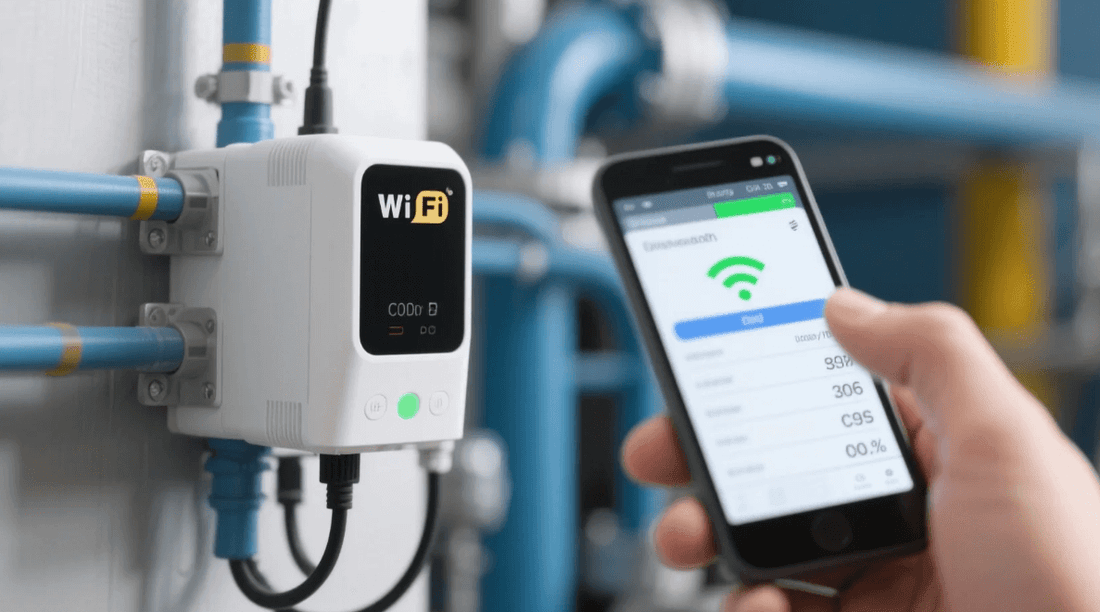
The Role of the WIFI Meter in Today’s Electrical Ecosystem
Share
As the demand for smarter energy infrastructure rises, the WIFI meter has emerged as a key player in remote monitoring and intelligent power management. These devices offer real-time data, remote access, and integration with broader automation systems, making them a cornerstone of modern electrical strategies.
From Analog to Smart Meters
Conventional energy meters provided basic consumption readings. In contrast, WIFI meters deliver instant insights, historical comparisons, and predictive analytics — all accessible remotely. This transformation enhances decision-making and operational agility.
Key Features That Define a High-Quality WIFI Meter

Real-Time Monitoring and Alerts
Smart meters collect and transmit live usage data, allowing enterprises to pinpoint peak consumption and irregularities. Alerts are often customizable to detect unusual patterns or faults.
Remote Access and Cloud Connectivity
Whether accessed via desktop or mobile app, WIFI-enabled devices allow facility managers to monitor energy performance from virtually anywhere.
Easy Integration with Smart Grids and IoT
These meters are designed to interact seamlessly with other IoT-enabled devices and smart grid protocols. This connectivity enhances interoperability and scalability.
Industrial and Commercial Applications of WIFI Meter Technology
Manufacturing Plants
In high-demand environments, WIFI meters help optimize production line energy use, detect faults early, and reduce downtime.
Office Complexes and Smart Buildings
Energy use across lighting, HVAC, and equipment can be tracked in real-time, ensuring efficient load balancing and reduced energy costs.
Utility Providers and Microgrids
Utility companies use WIFI metering for demand forecasting, dynamic pricing, and grid load balancing, improving overall service quality.
Advantages for Electrical Industry Enterprises

Improved Energy Accountability
Detailed, location-specific data allows teams to identify where energy is being overused and implement targeted corrections.
Scalable and Future-Proof
As enterprises grow or expand sites, WIFI meters can be easily added to new installations, with minimal infrastructure disruption.
Support for Sustainability Goals
With enhanced visibility, businesses can actively reduce carbon footprints, track ESG compliance, and participate in green energy programs.
Emerging Trends Shaping the WIFI Meter Market
AI-Powered Analytics
Machine learning is increasingly being used to analyze energy usage patterns and suggest optimization strategies.
Enhanced Cybersecurity Protocols
With increased connectivity comes greater risk. Modern WIFI meters now include encryption, multi-factor authentication, and threat detection features.
Demand Response and Load Management
WIFI meters support demand-side management initiatives, enabling participation in utility rebate programs and load curtailment events.
The Future of Smart Metering with WIFI
Integration with Renewable Energy Sources
WIFI meters facilitate the monitoring of solar panels, wind turbines, and battery storage systems, enabling smarter hybrid grid management.
Decentralized Energy Management
With more distributed energy systems, WIFI meters are essential for real-time coordination, balancing, and usage verification.
Role in Digital Twins and Automation
By feeding data into digital twin models, WIFI meters contribute to system simulation, predictive maintenance, and automated fault response.
Conclusion: Investing in WIFI Meter Technology Is a Strategic Move
Adopting a WIFI meter solution means embracing greater efficiency, reduced waste, and empowered decision-making. For any enterprise aiming to modernize its energy management approach, smart metering is a low-risk, high-impact upgrade that aligns perfectly with digital transformation goals.
FAQs
Q1: Can WIFI meters be retrofitted into existing buildings?
Yes. Many models support easy installation in legacy systems with minimal disruption.
Q2: Are WIFI meters accurate enough for billing purposes?
Certified WIFI meters comply with industry standards for commercial billing accuracy.
Q3: How secure are these systems?
Advanced encryption, regular firmware updates, and secure APIs ensure high levels of cybersecurity.
Q4: Do WIFI meters work in offline scenarios?
Some models include local storage and sync capabilities for continued data logging during outages.
Q5: What is the typical ROI for enterprises?
Most businesses see ROI within 12–18 months through reduced consumption, improved diagnostics, and operational savings.